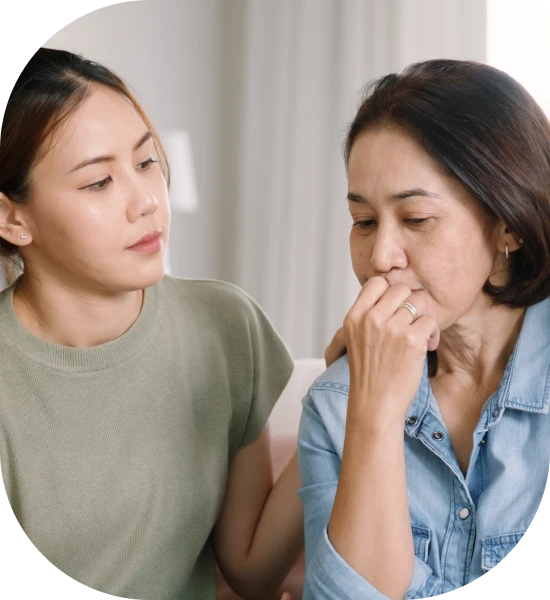Many women live with Polycystic Ovary Syndrome (PCOS) without realising fact from fiction. This […]

Ovulation occurs 36-40 hours after a surge of luteinizing hormone (LH). Knowing when you are ovulating allows you to time your sex during your fertile period to maximise your chances of getting pregnant.
There are a few options:
This could be due to a variety of factors including:
You still have a chance of falling pregnant even if you do not ovulate on time – so if you are not planning for pregnancy, do use a reliable birth control method.
If you are trying for pregnancy, your gynaecologist will discuss your options for fertility depending on the cause. Lifestyle modifications may be required. Options include ovulation induction and in-vitro fertilisation.
Many women live with Polycystic Ovary Syndrome (PCOS) without realising fact from fiction. This […]
Within the realm of women’s health, the terms “fibroids” and “cysts” are often mentioned […]
Ovarian cysts are common gynaecological disorder, occurring in 10-20% of women. Ovarian cysts are […]

Aster Gynaecology © | All Rights Reserved.